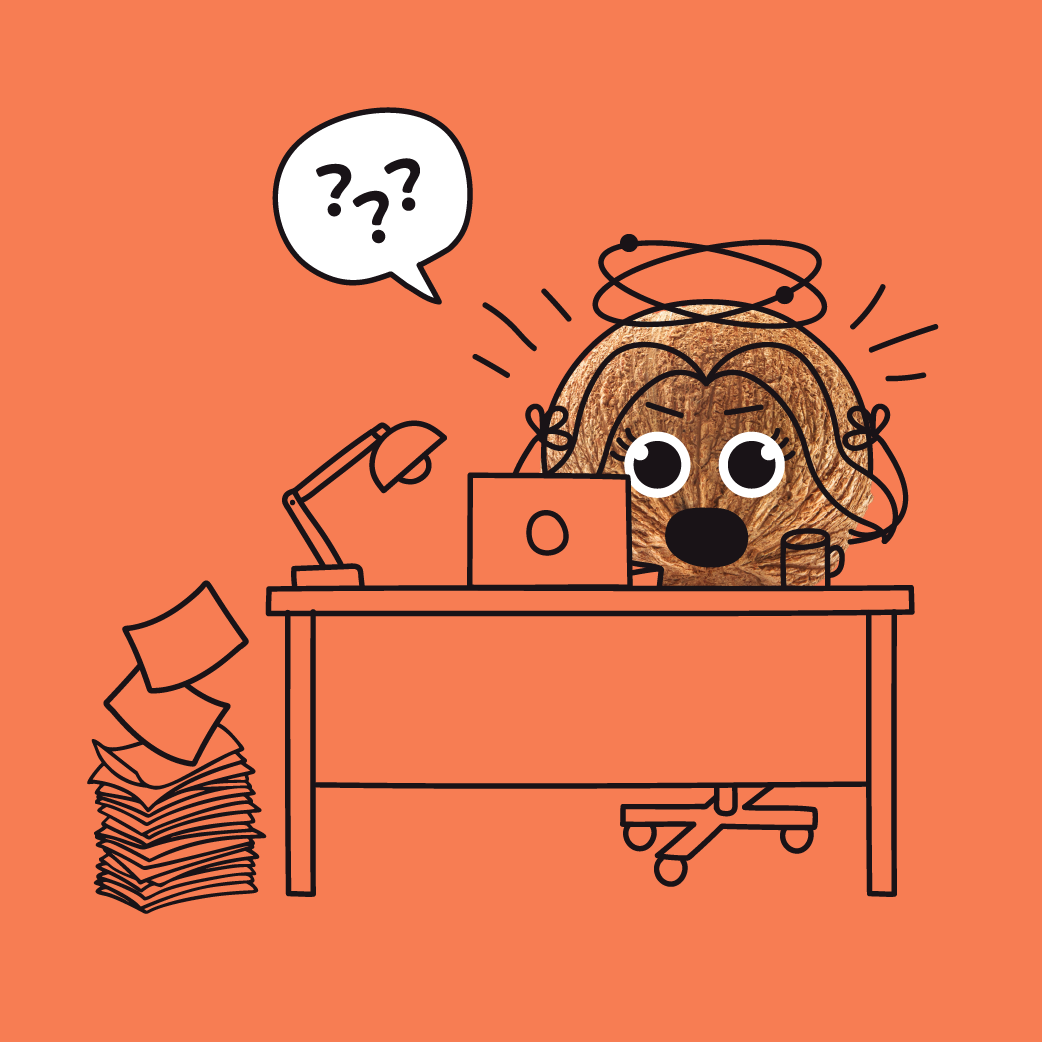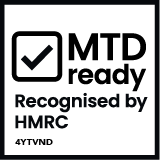When you’re a sole trader, keeping tabs on your money is hugely important. It’s how you know how much profit you’re making, how much to reinvest in your business and how much to pay yourself. But it’s also how you know how much tax you'll need to pay at the end of the year.
Your Coconut smart tax app may help you keep tabs on the money that flows in and out of the business, but your Self Assessment tax return is how you tell the people at HMRC (HM Revenue and Customs) how much tax you owe. And keeping things up to date means you can focus on the day job, rather than worrying about late-filing or late payment penalties.
So, in this guide, we'll cover everything you need to know about completing a tax return, so you know exactly what income you need to declare.
Before we start...
If you're feeling uncertain about your finances, we strongly recommend you work with an accountant. Having an accountant is valuable beyond just compliance and tax planning—it’s about having someone by your side with the experience to help you make the big decisions and build a better business.
Coconut also makes it really easy for you to collaborate with your accountant. Once you've invited yours through the app, they'll be able to view your business activity and bookkeeping data whenever they need to.
In this article:
What is a Self Assessment tax return?
Do I need to complete a Self Assessment tax return?
What income do I have to declare on my Self Assessment tax return?
How do I register for Self Assessment tax returns?
What information do I need to fill out my Self Assessment tax return form?
How do I fill out a Self Assessment tax return form?
What are the Self Assessment deadlines?
What are the penalties for missing the Self Assessment deadlines?
What if my circumstances change?
What if I make a mistake when filling in a Self Assessment tax return?
What are the penalties for mistakes when filing a Self Assessment tax return?
How do I work out my Self Assessment tax bill?
Can I pay my tax bill in instalments?











